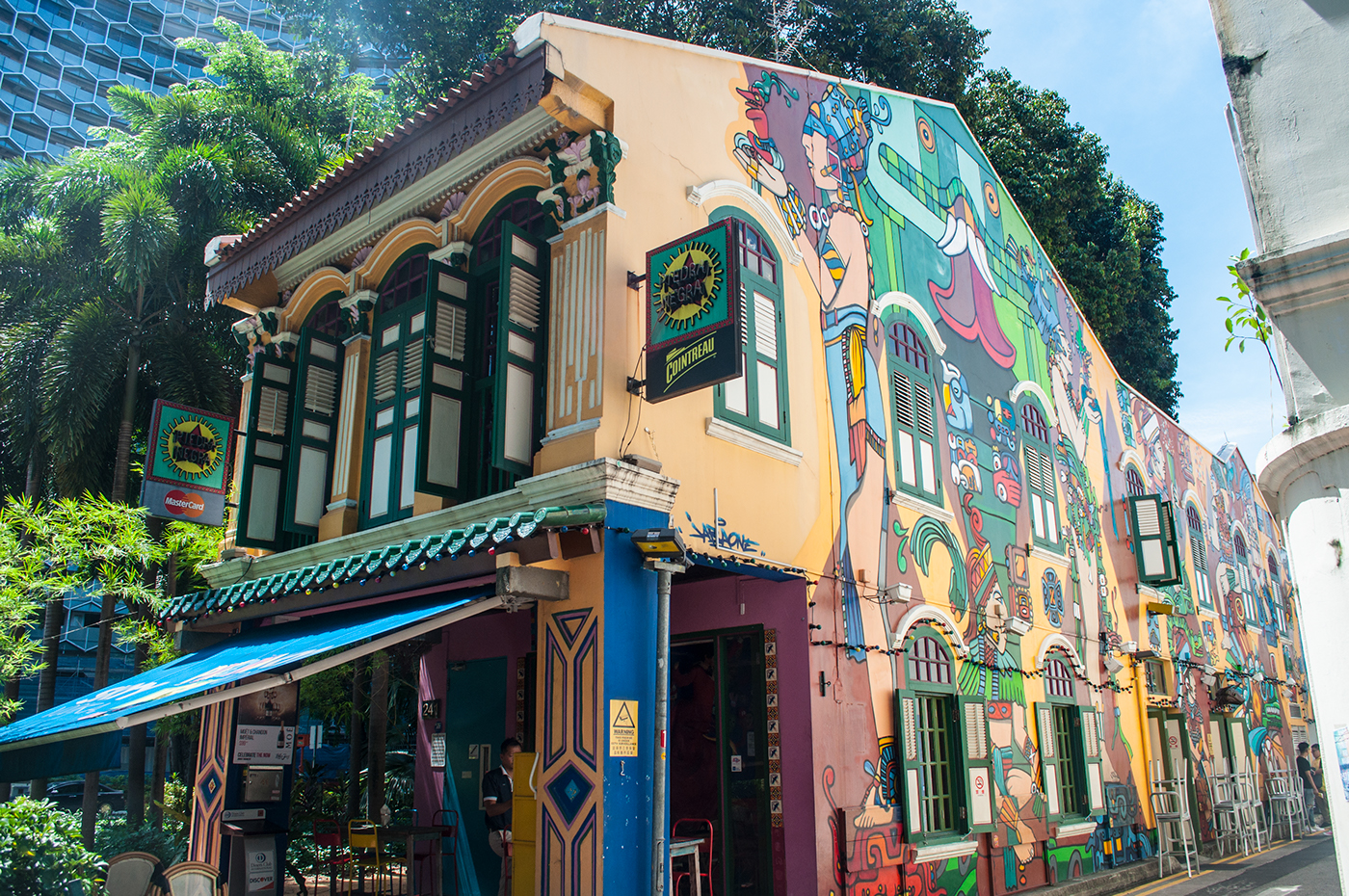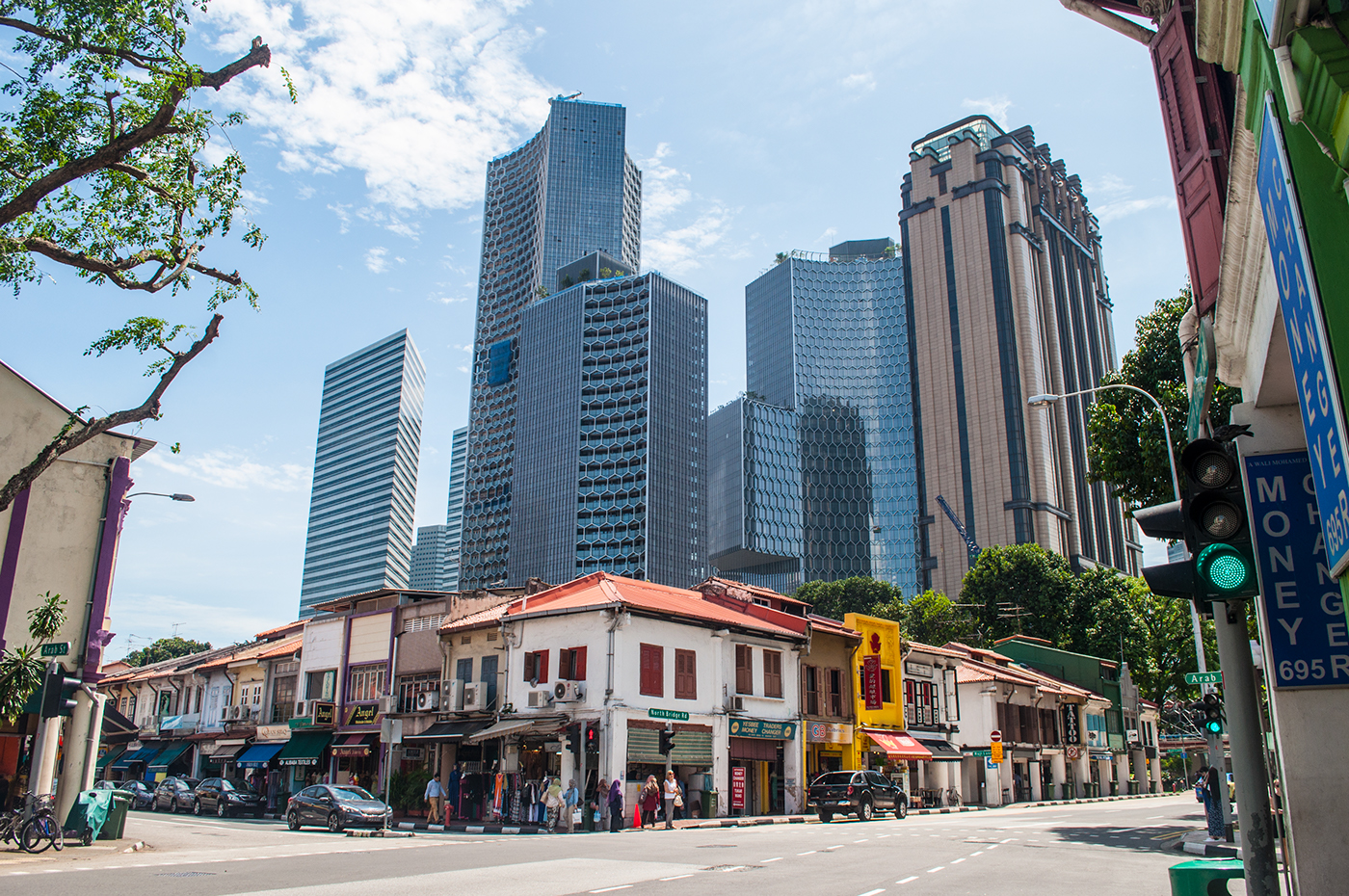The Shophouse: A Characteristic Singaporean Architectural Form (Culture Capture)
RMIT School Work
Conservation of heritage buildings is very important in Singapore. This is one of the few ways to remember the multicultural and colonial past. Shophouses were designed traditionally for both business and living, with a narrow frontage to reduce real estate cost. They were also designed to be multi-functional, with the business located on the ground floor, and residential above.


My favorite example of conservation shophouses is in Haji Lane and around Arab Street in Kampong Glam. It is one of the most fascinating and authentic neighborhoods in the Lion City.
Filled with fashion, restaurants, bars, silks, beads, and design, it is a haven for art and culture lovers. I often go there to find inspirations among all other designer’s shops and spend the afternoon enjoying the vibrant street art, commissioned by the cafe’s owner.
Filled with fashion, restaurants, bars, silks, beads, and design, it is a haven for art and culture lovers. I often go there to find inspirations among all other designer’s shops and spend the afternoon enjoying the vibrant street art, commissioned by the cafe’s owner.


The splash of graffiti painted with ideas and colors in Haji Lane, reflects the youth and vibrancy of contemporary Singapore. The significant phenomenon, much like Singapore itself, is a fusion of the old and the new, it is the rise of local urban culture.

Whilst researching this assignment, I stopped for a roti prata on the corner of North Bridge Road and Arab Street. I noticed the unique visual impact between Singapore’s ever changing cityscape and the traditional Southeast Asian Shophouses. This living history was very striking. The image is the contrast between modern development and urban conservation.

You can also often find multicultural architecture forms blended together everywhere. Like this Islamic Mosque and Peranakan Shophouses located in the same street, with tropical palm trees. The street has many coffee houses and middle eastern restaurants.




